|
Huber tells Nonfictionfilm.com Blue Note's founders 'did not care about making money...That was not their motivation.' Without Blue Note Records, the world might never have come to know the music of Thelonious Monk. "Big companies, they wouldn't record Monk," fellow jazz musician Lou Donaldson says. "Alfred did." The Alfred he's referring to is Alfred Lion, who along with his partner Francis Wolff founded Blue Note Records in 1939, not long after both men fled Nazi Germany. In addition to Monk, the pair would record some of the greatest jazz artists in history, from Miles Davis to John Coltrane, Wayne Shorter, Herbie Hancock, Art Blakey, Lee Morgan, Sonny Rollins, Bud Powell and many others. The label's immense impact is explored in the documentary Blue Note Records: Beyond the Notes, directed by Sophie Huber. It's now playing at the Metrograph in New York and opened today (Friday, June 28) at the Laemmle Monica in Santa Monica, where a series of Q&As are scheduled with the director and select talent on Friday, Saturday, Sunday and Tuesday (details here). The two founders... started this as fans and not as business people. A key to Blue Note's success, ironically, was a lack of concern for the bottom line. "Frank Wolff and Alfred Lion, the two founders, started this as fans and not as business people," Huber observes. "That was not their motivation [to make money], but to capture what they called 'uncompromising expression' and I think that's why they recorded somebody like Thelonious Monk when nobody else did... I just feel that that integrity made it what it is and still makes it what it is." Audio engineer Rudy Van Gelder recorded the great majority of Blue Note's seminal albums--his positioning of microphones and use of reverb and other techniques giving the recordings a particular Blue Note sound. Wolff was a professional photographer and snapped thousands of pictures of Blue Note musicians at work. Huber made extensive use of that material for her film. "We had access to the archive," she reveals. "Michael Cuscuna, who's in the film, owns the Frank Wolff archives, so there's like tens of thousands of contact sheets and we spent two afternoons there but you could spend a year there and still discover new things." The archives are especially important because many of Wolff's photos became the basis for Blue Note record covers, with distinctive graphic design provided by Reid Miles. "Every Blue Note album cover is amazing artwork with an amazing picture," musician and hip hop record producer Terrace Martin tells Nonfictionfilm.com. In the film he discusses his admiration for the label, both the content of the music and the package it came in. "The liner notes tell a story--before we had Instagram and Google we had liner notes. That's how we could get prepared for what the artist did and what we're about to listen to," Martin comments. "Just the whole Blue Note as a flow with the music and the culture, it really embodied, to me, all of the hippest forms of art. Blue Note just embodied art." Huber interviewed some of the label's foremost artists for her documentary, including Hancock, Donaldson and Shorter. She lit the interviews and jam sessions with musicians in a fashion that evokes the Blue Note aesthetic. "We tried to use Frank Wolff's photographs as a [visual] reference and we tried to do that for the [recording] session but we couldn't do it to that extreme because we blinded the musicians," Huber laughs. "I even wanted to do it to a much more extreme degree where you really see like a black background and just a bit of light on the face but it was impossible for the [musicians] to see each other. The music comes first, so it was clear we served the music and not vice versa." Blue Note Records: Beyond the Notes does not limit itself to exploring the label's distant past. Huber examines the company's more recent history, with artists like Norah Jones, Robert Glasper, Ambrose Akinmusire and Lionel Loueke, among others. And the documentary traces the influence of Blue Note jazz artists and recordings on the most popular form of music in the world--hip hop. "I wanted to tell the story from today's point of view, not only in featuring the artists that are on the label today but also the movements that are happening in the music now and that were happening in the 80s," Huber explains. "So the connection to hip hop--whether it's through sampling or actually now jazz artists playing on hip hop albums. Terrace [Martin] was instrumental in bringing Robert Grasper and Ambrose Akinmusire to Kendrick Lamar's album "To Pimp a Butterfly..." It's alive, whether you call it jazz or hip hop or anything in between, all these people have that same quest that a Monk had, that a Coltrane had... and I just wanted to connect it all." Jazz is an American art form, but that doesn't mean the Swiss-born director found it easy to get backing for her film in the U.S.
"This music might be more appreciated abroad than it is here where it comes from," Huber notes. "This film has been funded by the Swiss taxpayer and English funds, so there's not one American dollar that helped make this film. We tried. Finding distribution for the film was quite challenging here, more than elsewhere in the world." Blue Note Records has played at film festivals around the world, including Tribeca, IDFA and Sheffield. It enjoys a 100-percent "fresh" rating on RottenTomatoes.com. Martin, the hip hop record producer, sees a potential for the documentary to make a strong impression on viewers. "If a young person sees this and wants to play an instrument, that's cool. If a young person sees this and wants to sample a jazz record on Ableton, that's equally as cool," he states. "The hip hop element in this film is very important because [it's] the teaspoon, the sneaking teaspoon in, so when the cats go see it they get inspired." |
AuthorMatthew Carey is a documentary filmmaker and journalist. His work has appeared on Deadline.com, CNN, CNN.com, TheWrap.com, NBCNews.com and in Documentary magazine. |
- Home
- News
- Videos
-
Galleries
- 2019 Tribeca Film Festival
- Full Frame Documentary Film Festival
- 2019 SXSW Film Festival
- SXSW 2018 Gallery
- 2019 Sundance Film Festival
- Outfest 2018 Photo Gallery
- Outfest 2017
- Sundance 2018 Photos
- 2017 LA Film Festival
- 2017 Cannes Film Festival
- Tribeca Film Festival 2017
- SXSW 2017 Gallery
- 2017 Berlin Film Festival
- Sundance 2017 Gallery
- 2016 Los Angeles Film Festival
- Cannes Film Festival 2016
- SXSW 2016 Gallery
- Berlinale 2016 Gallery
- Sundance 2016 Gallery
- Filmmaker Gallery
- About
- Contact
Proudly powered by Weebly
- Home
- News
- Videos
-
Galleries
- 2019 Tribeca Film Festival
- Full Frame Documentary Film Festival
- 2019 SXSW Film Festival
- SXSW 2018 Gallery
- 2019 Sundance Film Festival
- Outfest 2018 Photo Gallery
- Outfest 2017
- Sundance 2018 Photos
- 2017 LA Film Festival
- 2017 Cannes Film Festival
- Tribeca Film Festival 2017
- SXSW 2017 Gallery
- 2017 Berlin Film Festival
- Sundance 2017 Gallery
- 2016 Los Angeles Film Festival
- Cannes Film Festival 2016
- SXSW 2016 Gallery
- Berlinale 2016 Gallery
- Sundance 2016 Gallery
- Filmmaker Gallery
- About
- Contact
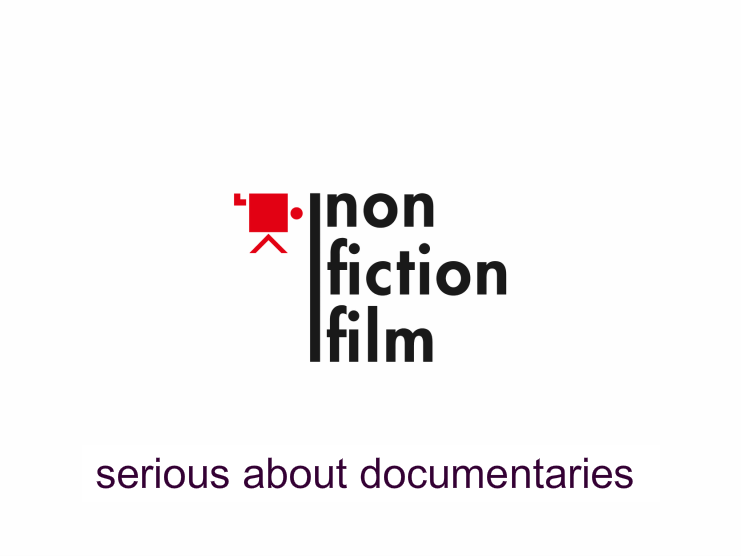
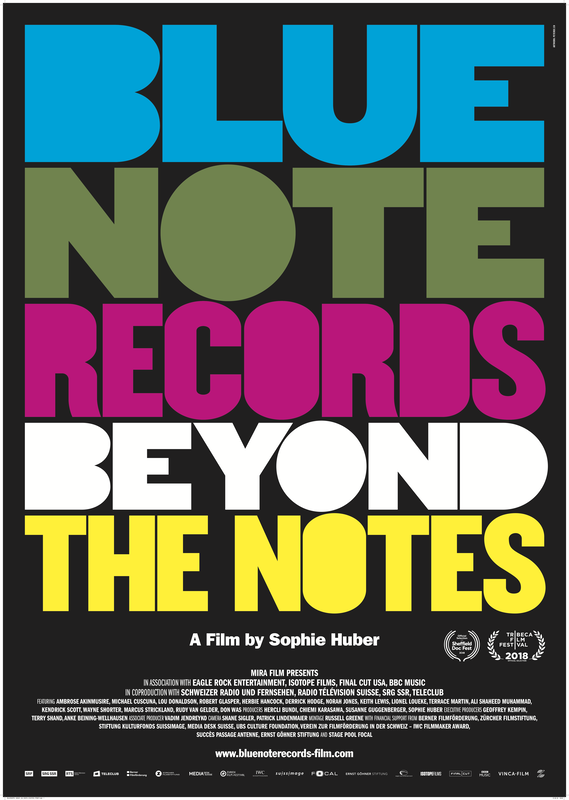
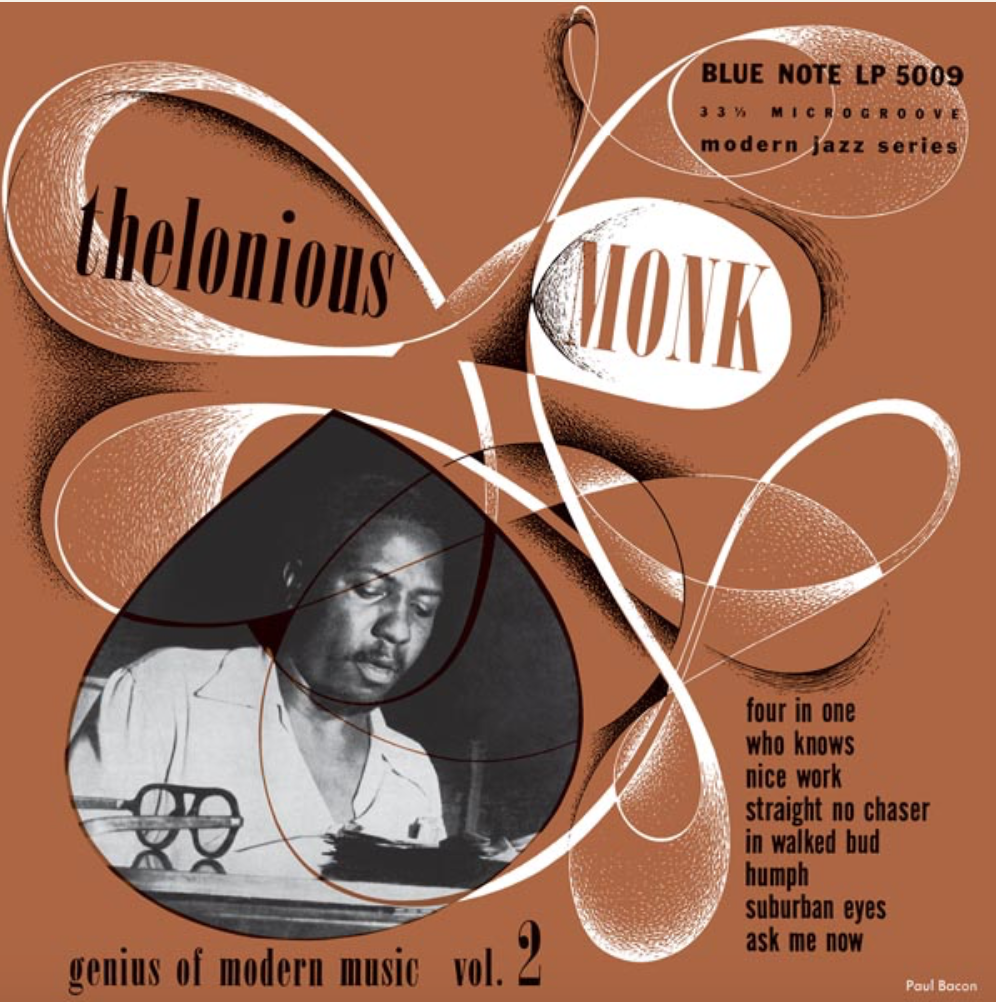
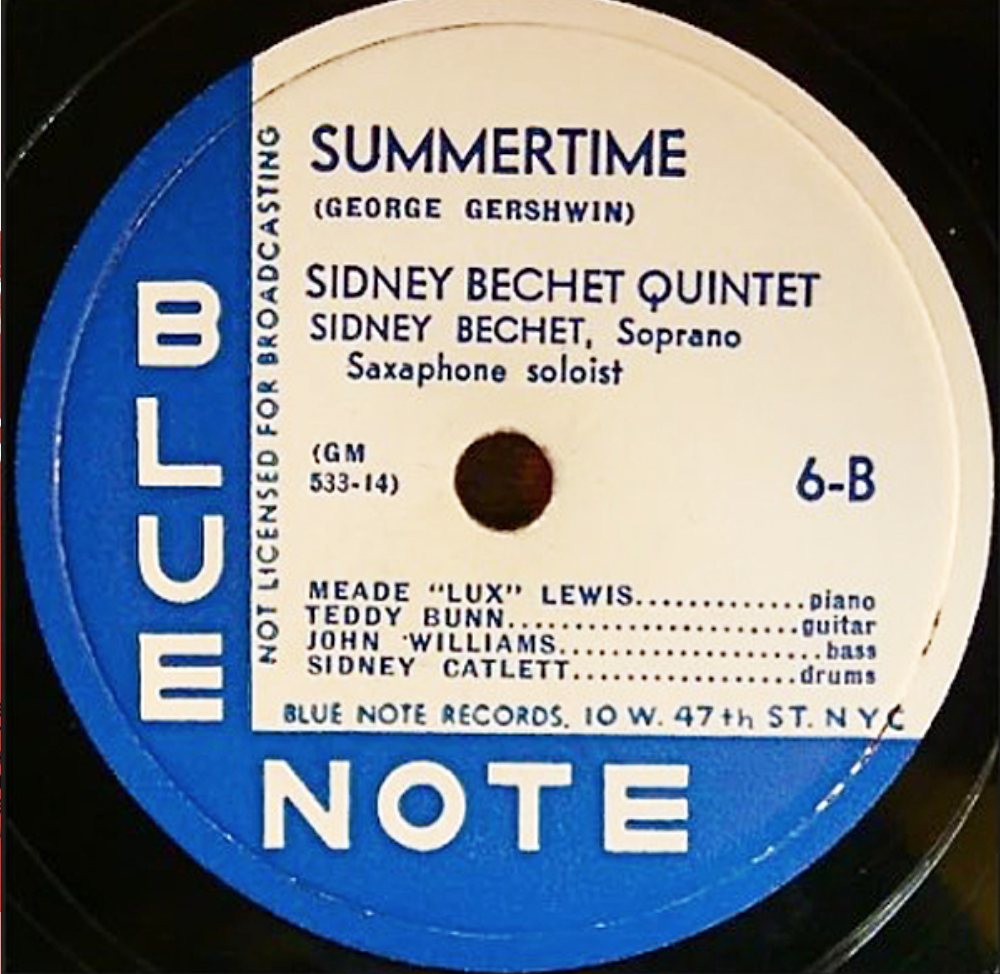
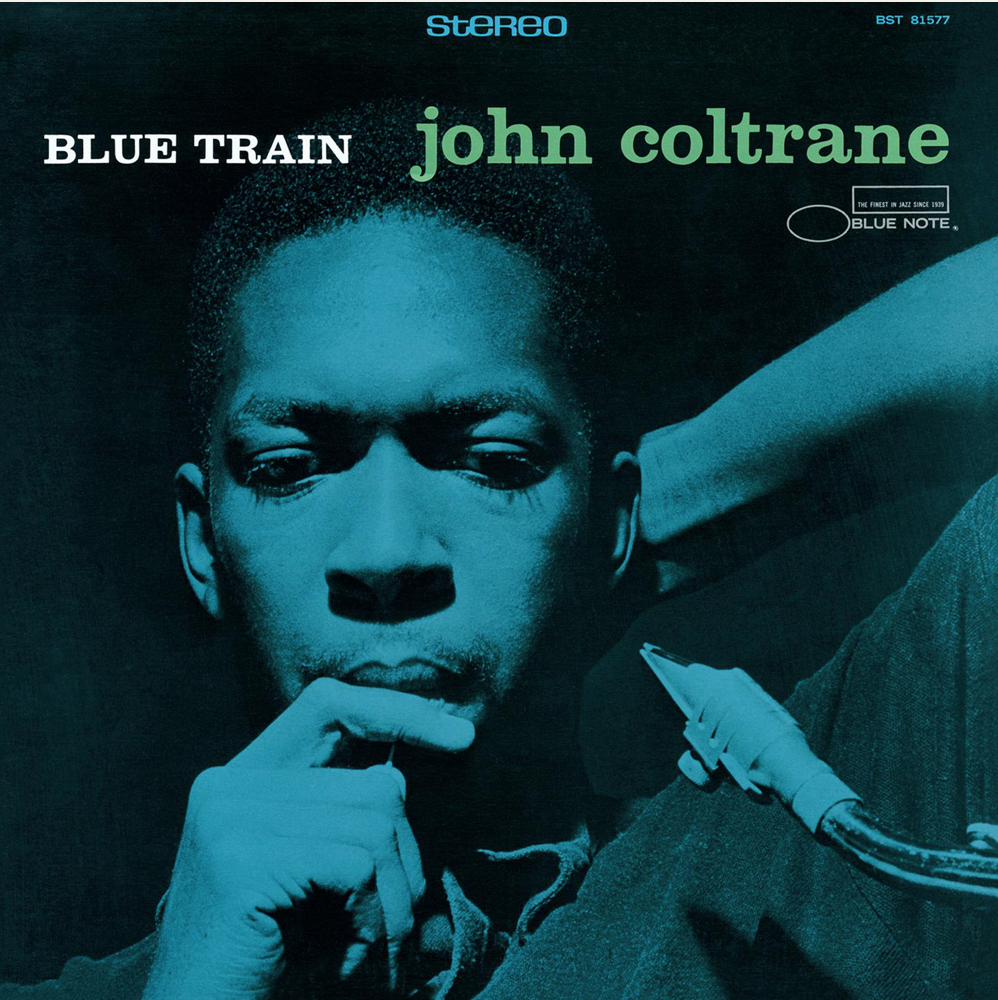
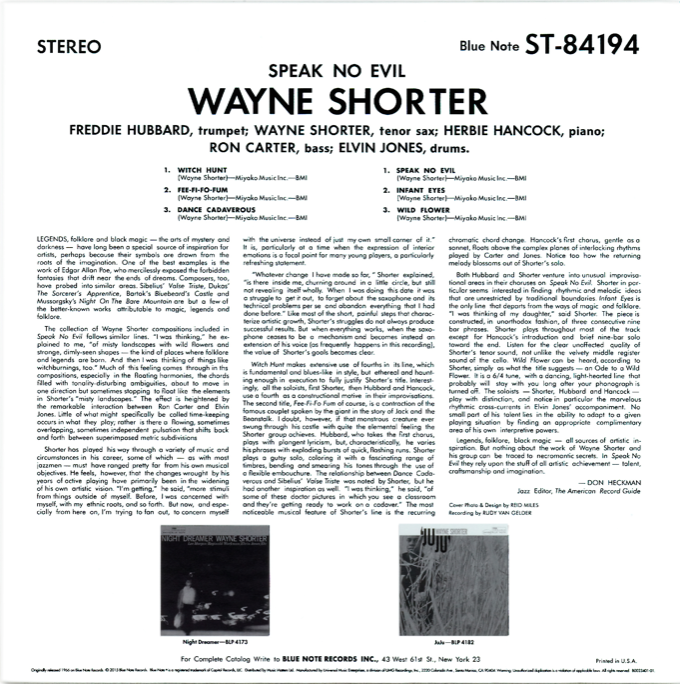
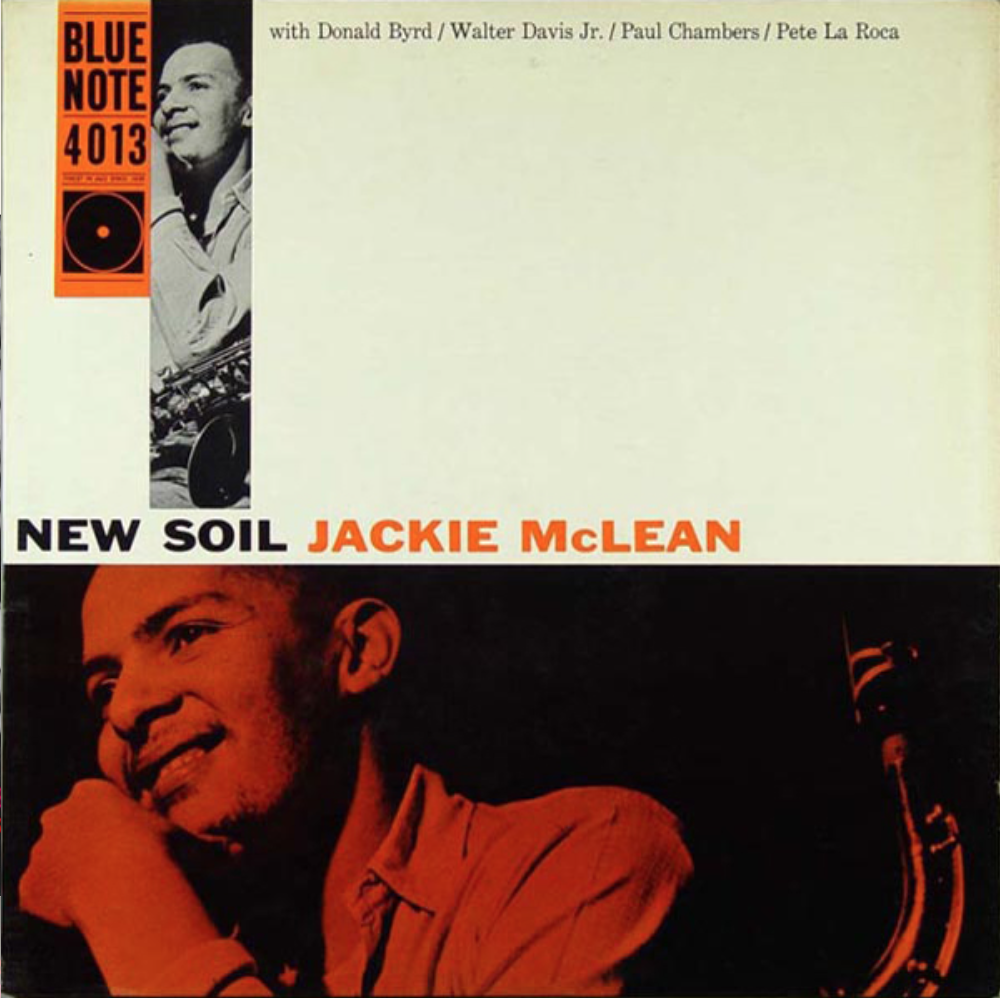
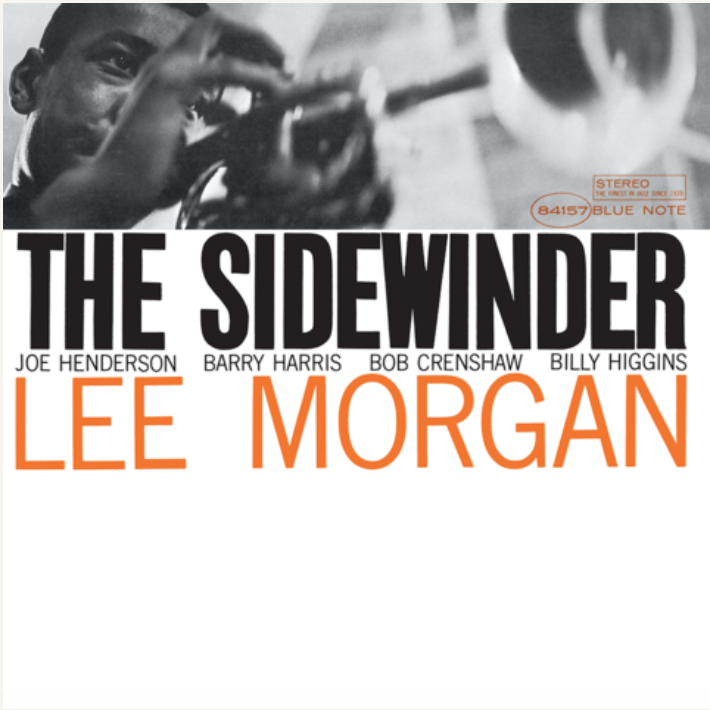
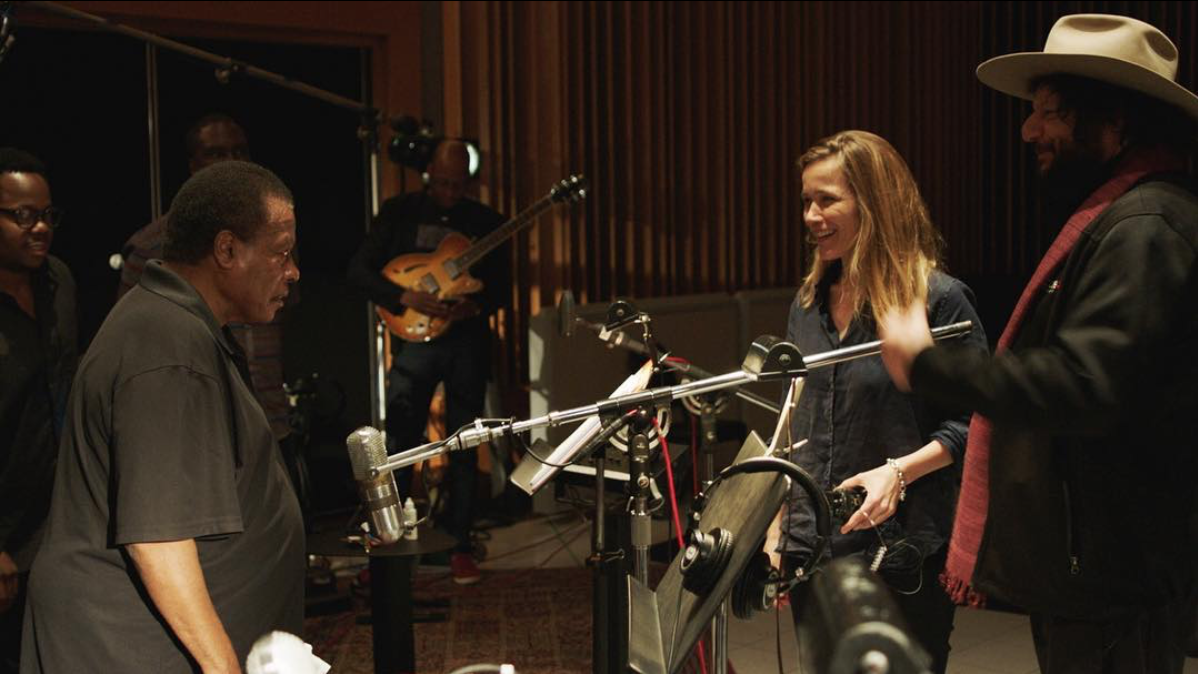
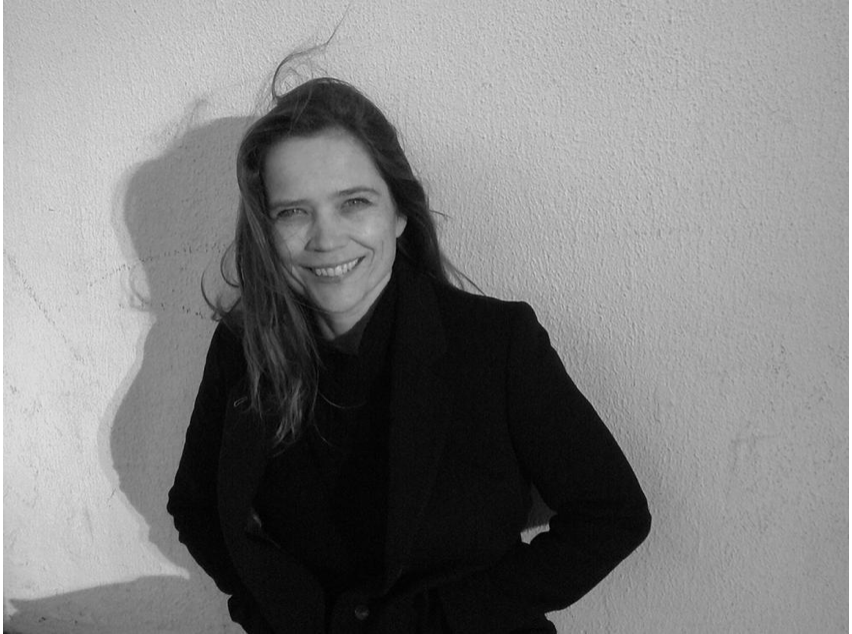
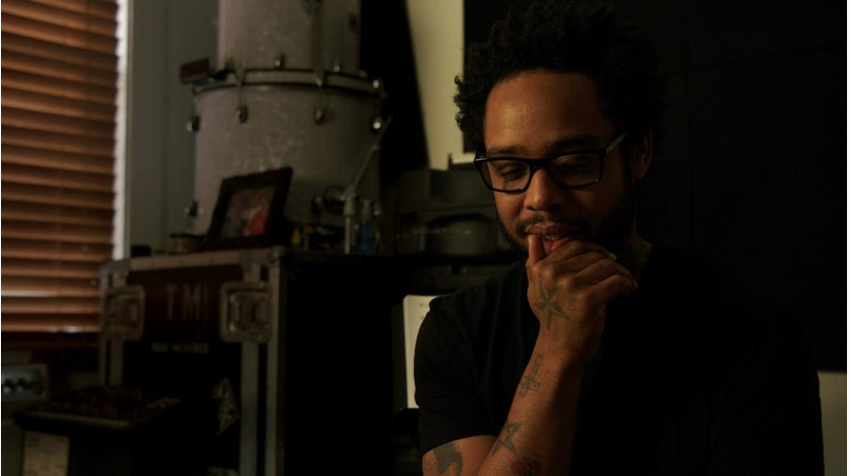
 RSS Feed
RSS Feed